- Products & Solutions
- Wireless InSite
- Empirical Propagation Models
Empirical Propagation Models
Wireless InSite offers a suite of empirical models designed for urban and indoor analysis.
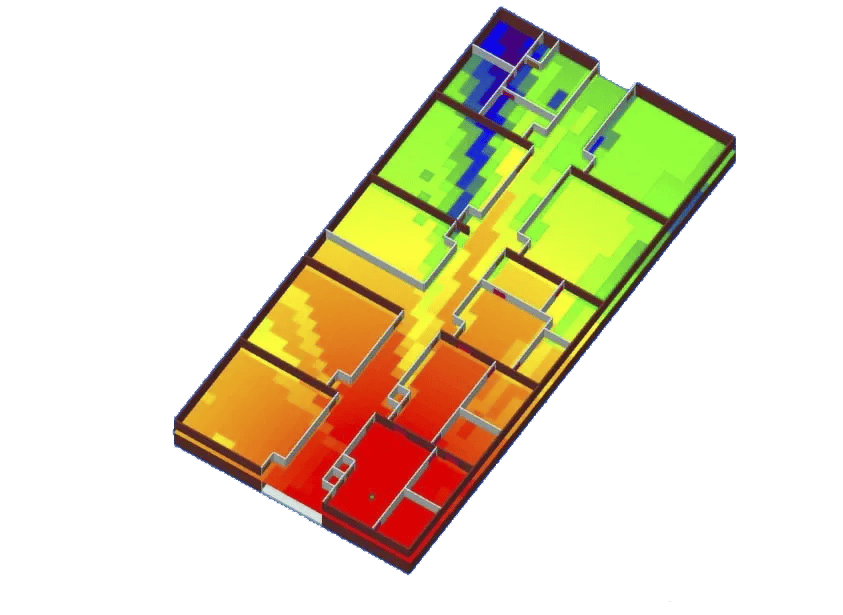
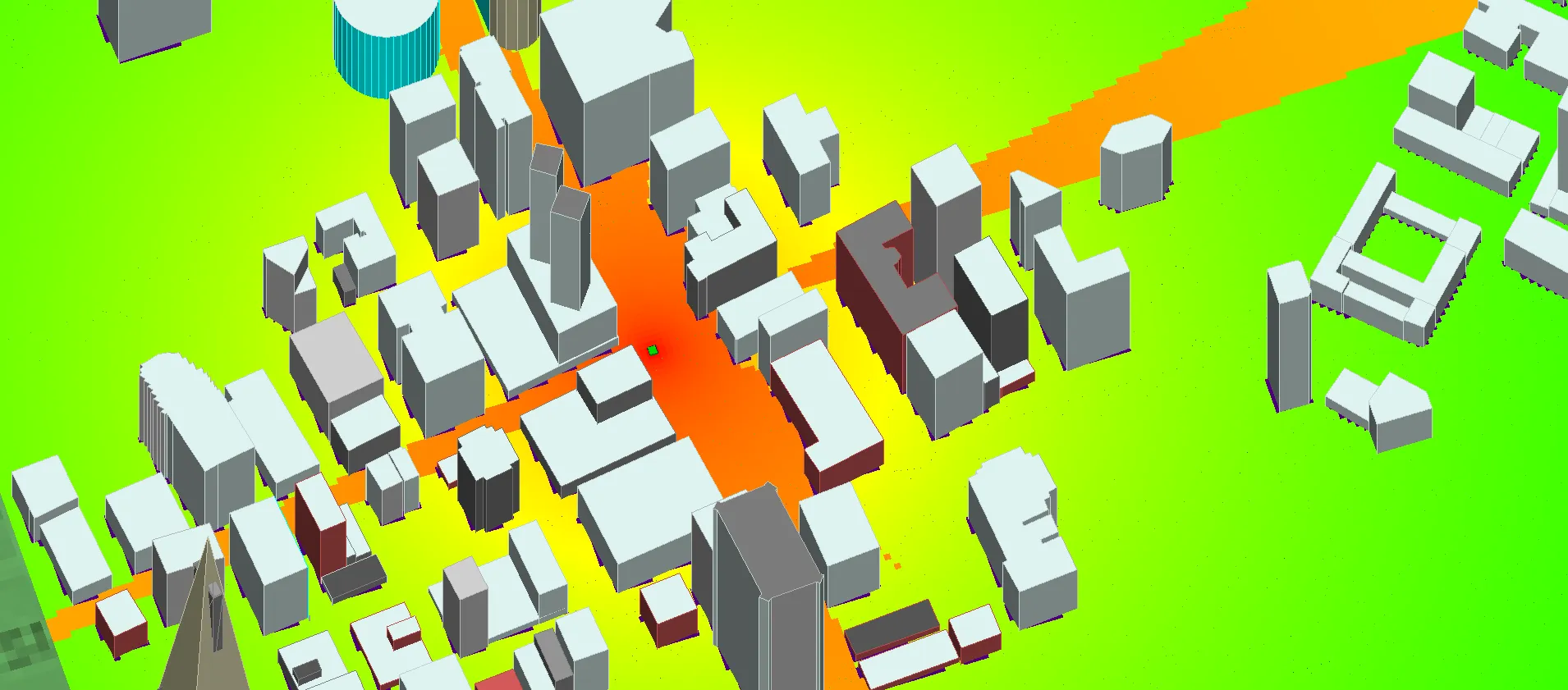
Hata
Hata is a non-deterministic empirical model which takes frequency, transmitting antenna height, receiving antenna height and the distance from the transmitting to the receiving antenna into account for urban propagation. These parameters are used to predict field strength using an equation derived from measurements. In addition to the standard Hata results, free space attenuation is used in line of sight situations. Hata is valid for frequencies between 30 MHz and 1500 MHz.
COST-Hata
COST-Hata is an extension to the Hata model for frequencies between 1500 MHz and 2000 MHz.
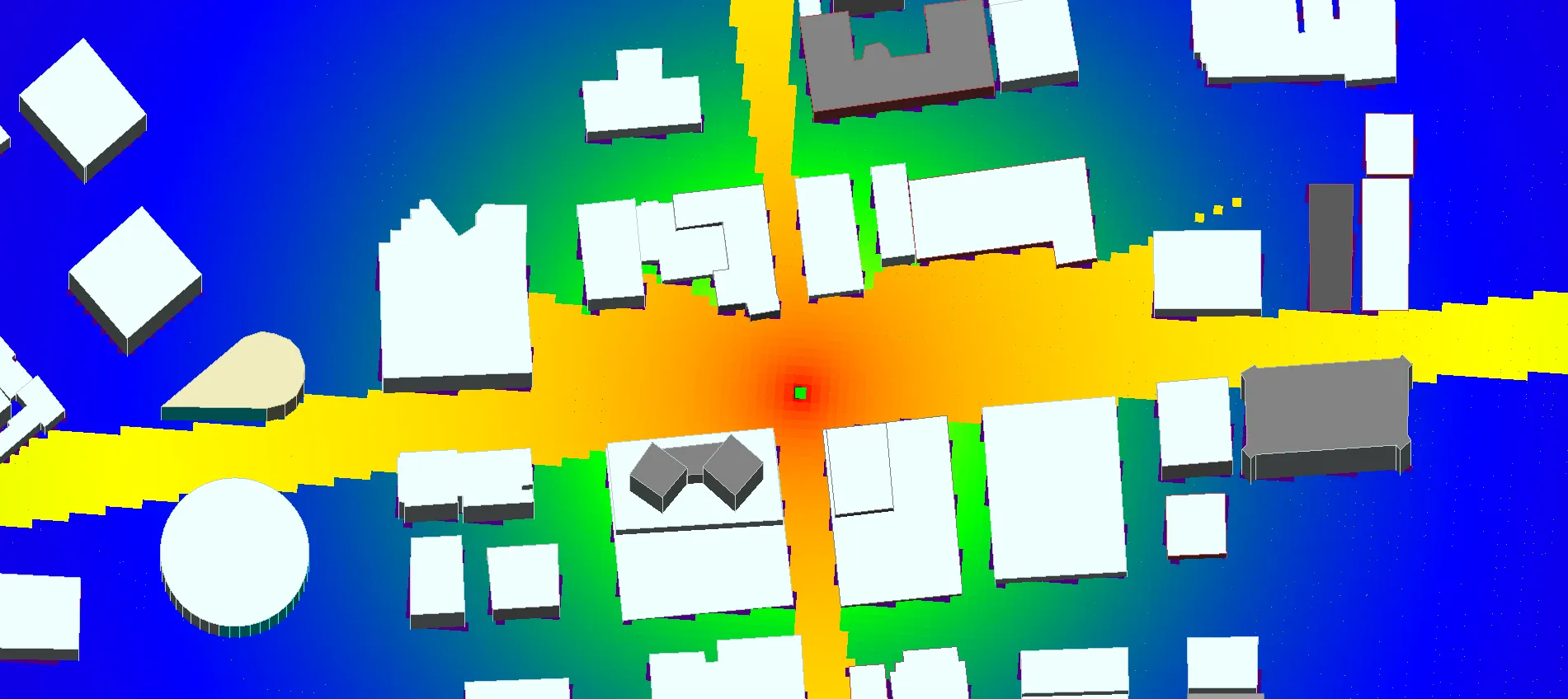
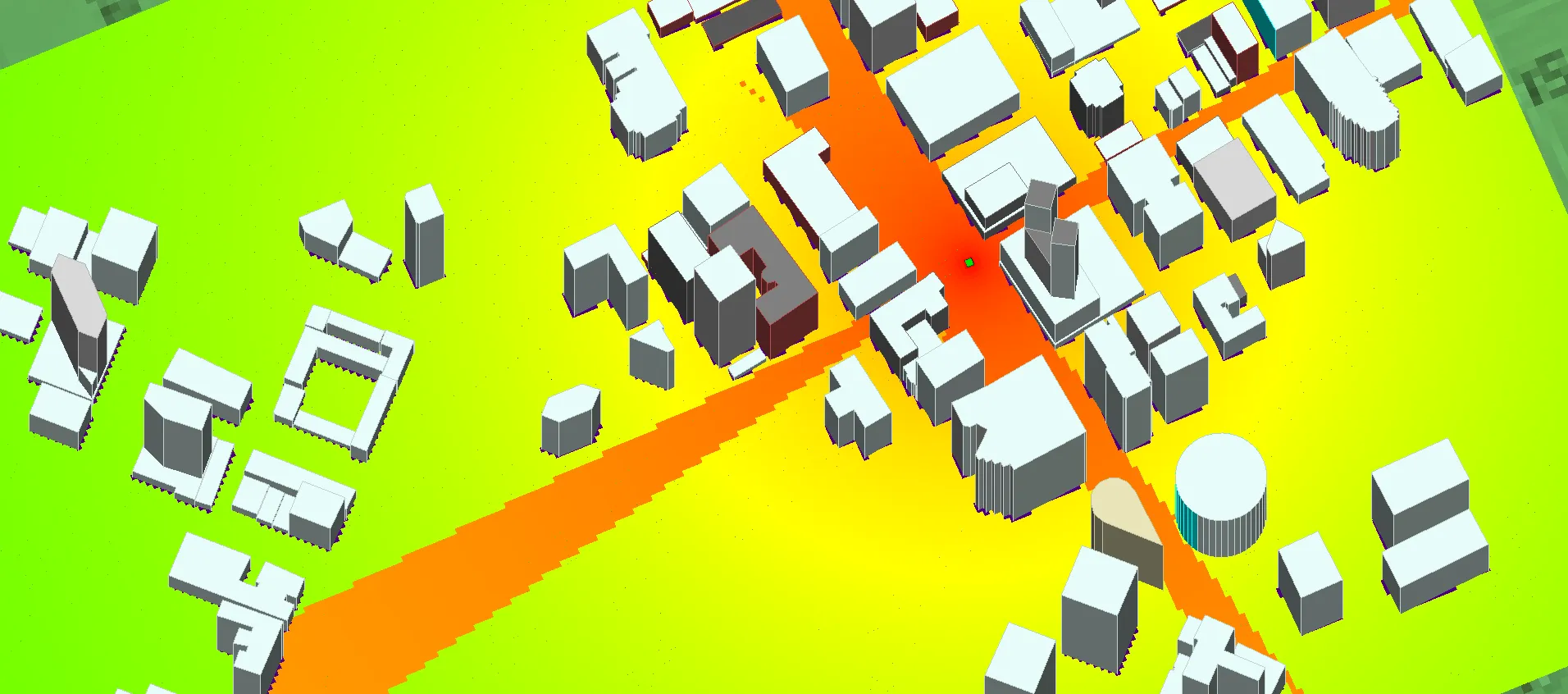
Walfisch-Ikegami
Walfisch-Ikegami is a deterministic empirical model useful in predictions where the dominant energy is contributed by diffractions over rooftops.
Wall Count
The Wall Count model is the Wireless InSite Real Time method for indoor calculation. Direct rays are constructed between the transmitter and the receiver, and every wall intersected in the indoor geometry is counted. Each intersection adds an additional 3 dB of loss to free space path loss. (This model is currently accessible through the API only.)
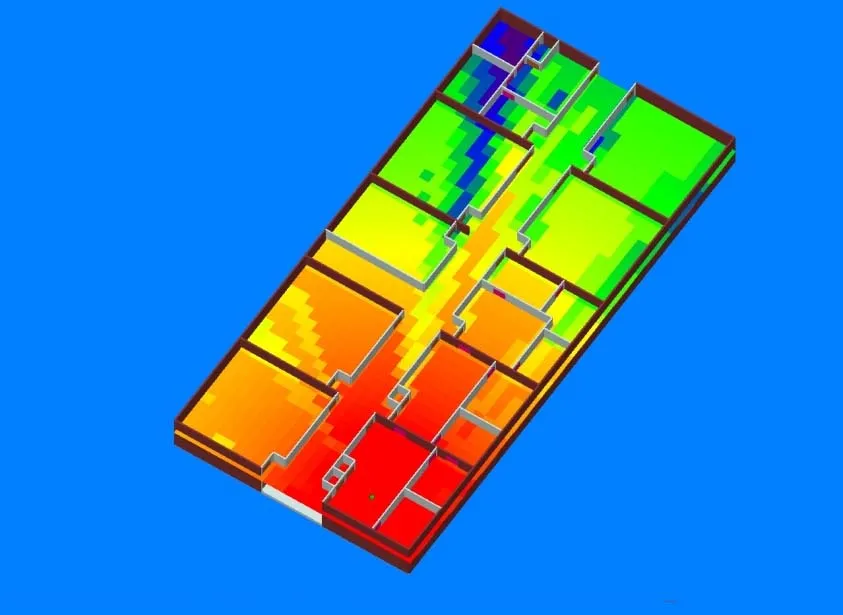

OPNET Path Attenuation Routine
OPNET Path Attenuation Routine (OPAR) is a deterministic urban path loss algorithm that uses the building depth between the transmitting and receiving antennas to enhance attenuation predictions.
Free Space
The Free Space model returns the free space path loss between a transmitter and receiver based on distance and frequency.
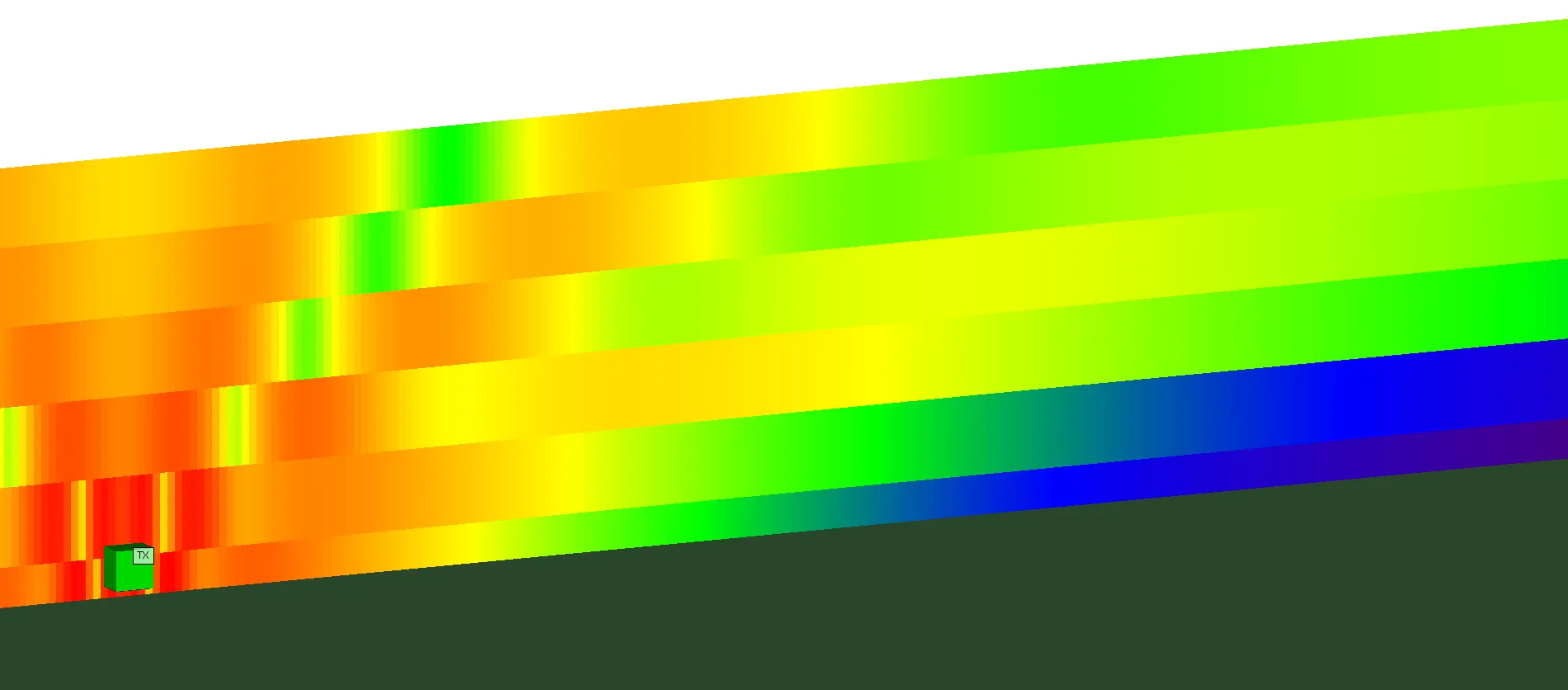
Save time and reduce costs.
Contact Remcom today for a customized solution to your most complex electromagnetic challenges.
Request a Quote